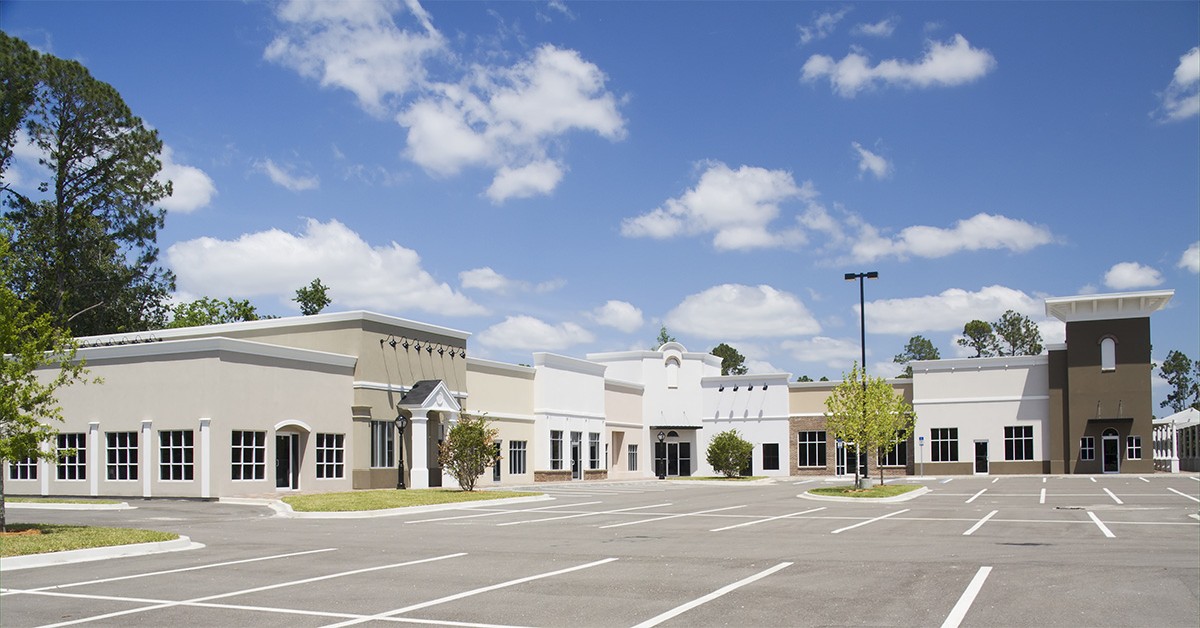R
etail real‑estate is confronting a sharp slowdown driven by bankruptcies, weaker consumer spending and ongoing economic uncertainty. Two years of rising rents and occupancy have stalled, as potential tenants postpone leases amid unclear policy and market signals. Grocery‑anchored malls, tied to essential demand, are expected to hold up, while service‑based tenants are unlikely to fill vacancies at the pace seen previously.
Moody’s Analytics’ August update shows only 0.4 % year‑to‑date rent growth for neighborhood and community centers, most of it occurring in the first quarter of 2025. Occupancy increased by just 1.2 million square feet nationwide, a 0.06 % gain. The Southwest leads the slowdown, erasing much of the growth achieved since early 2022, and mirroring trends across Texas and nearby states. As affordability advantages fade, firms and households are re‑evaluating relocation costs, dampening absorption and pushing vacancy rates higher for office and multifamily assets. A slowdown in construction may ease some pressure, but migration is unlikely to return to pandemic‑era peaks soon.
In contrast, the Northeast’s retail scene continues modest growth, buoyed by rising return‑to‑office mandates and stable population figures that encourage retailers to expand in the region. Income segmentation is sharpening: luxury brands, serving the top 10 % of earners who account for roughly half of U.S. spending and dominate household savings, are expected to weather the downturn. Discount retailers focused on necessities may also thrive as consumers trim budgets, leaving mid‑tier retailers—neither high‑end nor bargain‑centric—squeezed out of the market.
Over the next six months, retail spending and real‑estate performance remain subdued. Bankruptcies and eroded consumer confidence will likely keep occupancy and rent growth flat, especially outside grocery‑anchored centers. Service tenants, once quick to occupy vacated space, are now adopting a cautious, wait‑and‑see stance, further slowing turnover and sustaining vacancies.
Regional differences will persist: the Southwest will see continued migration slowdown and notable slowdowns, while the Northeast and Midwest may maintain modest, steady gains driven by increased office attendance and population stability. Unless economic clarity improves and consumer sentiment rebounds, retail real‑estate is poised for a cautious, uneven recovery.














